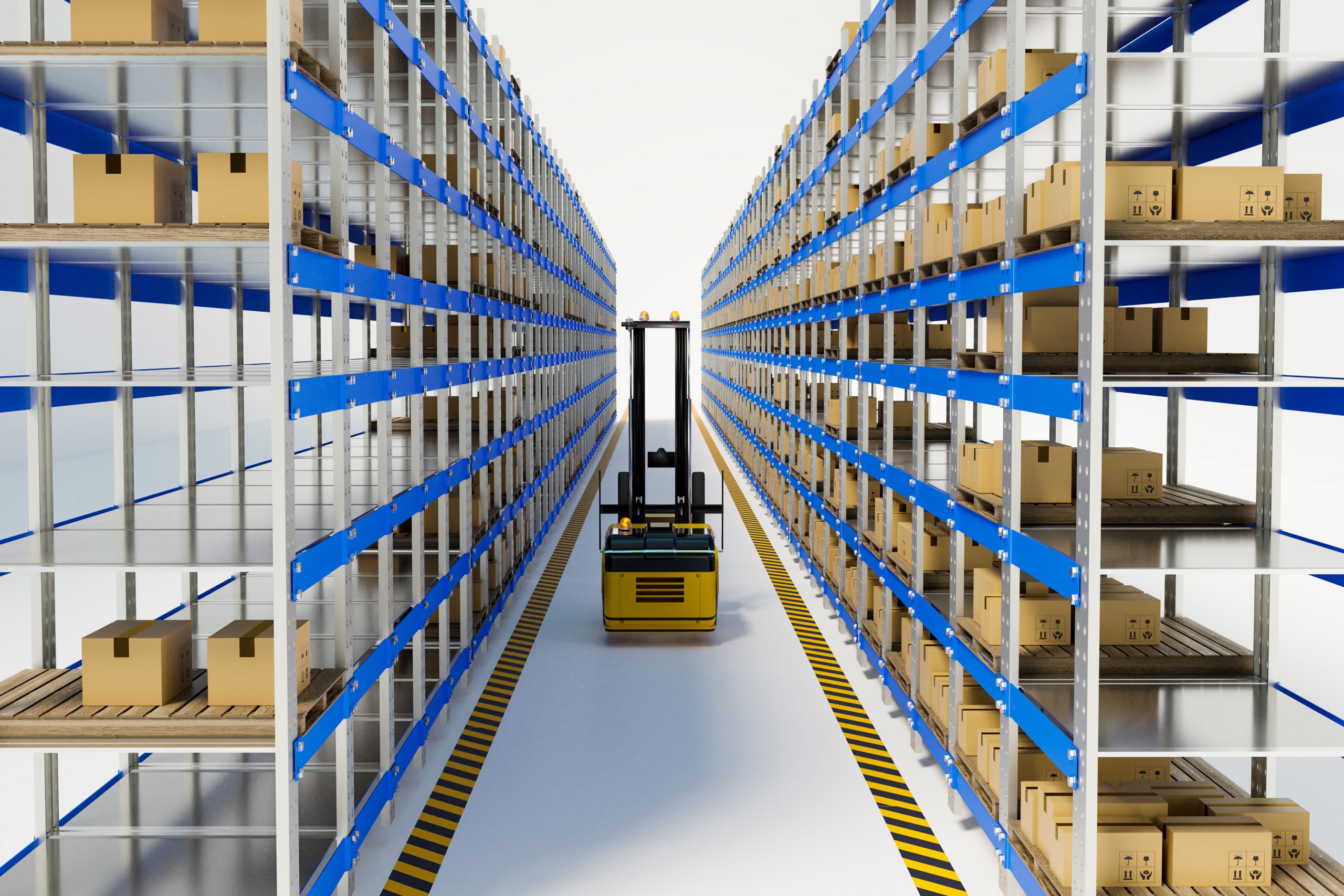
An inseparable activity of warehouse management is the process of preparing and collectiong goods in the warehouse on the basis of packing slip, commonly known as order picking. This is a fairly common but not complicated activity. However, this does not mean that it is less important, on the contrary. Picking orders is described as a very labor-intensive and costly activity for almost every warehouse. According to Drury (1988), in some cases, order picking accounts for as much as 60% of all warehouse workflows, which means that we have to pay close attention to the order picking method.
Picking orders also has a huge impact on performance, which of course works both ways. A poorly designed order picking process creates an unconscious leak in the performance of your entire organization. If your logistics company wants to grow with the industry, then with increasing work pressure and a tight labor market situation, this is also an activity that must go smoothly.
Too big to order pick
Therefore, much thought has already been given on the subject. Also, many researchers wrote and published articles about it. We can say straight away that there is no simple answer or solution to this complex problem – there is no single and best strategy for the order picking process. However, we can cover individual topics that will help you better understand this problem.
Every component is efficient
Have you ever wondered which factors determine the efficiency of the order picking process? The efficiency of order picking is always related to the duration of the project within the project that is being implemented. Thus, we can say that all four factors influencing the order picking process mentioned by F. Caron (2000) have time as a measurable quantity. Specifically – travel time, processing time, administration time and waiting time. Not surprisingly, research by our partner company Boltrics found that performance per warehouse employee is one of the most important key performance indicators for logistics service providers. Let´ s explain more in detail the individual factors influencing the order picking process.
- Travel time
In this case, travel time has nothing to do with how long it takes your order pickers to get to work. Although a long traffic jam or a bike ride through a downpour does not really contribute to their productivity, I suppose. No, travel time is defined here as the sum of the travel time ‘within the corridors’ + ‘outside the corridors’. This let you trace back the travel distances between pick locations and pick runs, and start and end points of the pick operation. This way, you know whether your warehouse is organized efficiently for the orders you receive.
- Processing time
Completing a packing slip consists of many (small) actions. Reading the order, searching for the pick location, picking up the items and processing the serial numbers. These are all included in this component. Are the items easy to find, or: is the warehouse logically arranged? Can the employee handle the items well and are they conveniently packed when they are needed? How long does it take the order picker to adjust the stock in your system, for example with his RF scanner? All actions that add up to dozens of minutes per day per person. I think you can calculate the rest.
- Administration time
You should not confuse this point with the previous one. The administration time refers to the time for administrative tasks and start-up tasks at the office. In other words, to what extent do those employees ensure that order pickers can work as efficiently as possible? This is where the preparatory and finalizing processes will become clear. Everything that can be taken care of in advance leaves time for picking. The same applies, of course, to what is taken out of your hands after order picking.
- Waiting time
The last component is about the waiting time between different assignments. Can the order picker always immediately proceed with a next order when he is finished with the first one? Then it is okay. If this is not the case, you will have to find out why not. Think about collecting or depositing collection material, such as a forklift, roll container or other trolley. Or something like the time it costs to collect an order picking list. Whatever it is: you are experiencing the consequences and it is up to you to work it out.
Once you optimize these four factors to perfection, your order picking process is in great shape. Remember that in any case, it is good to think carefully about the processes. In the next parts of our blog, we will discuss the individual components in more detail.